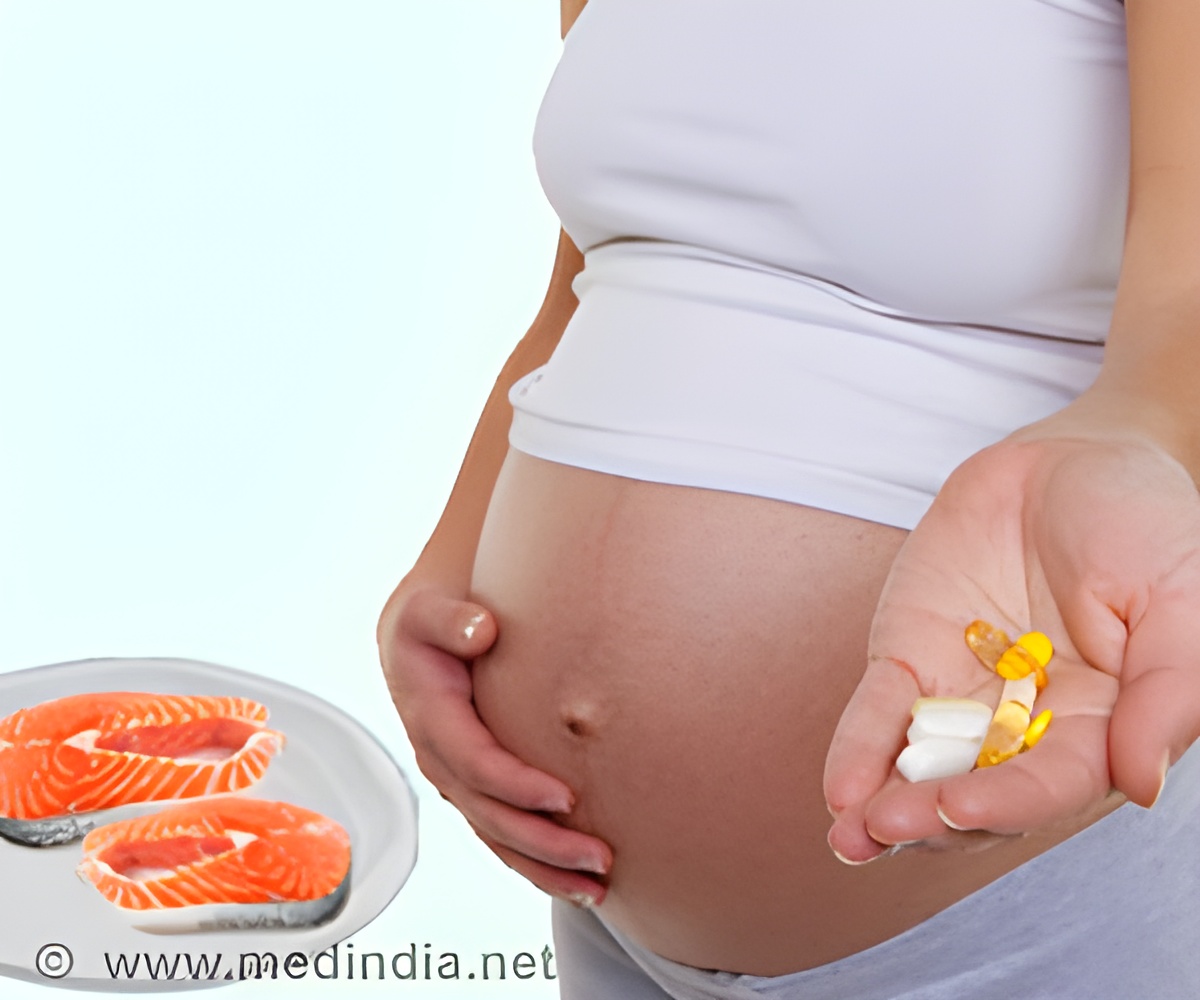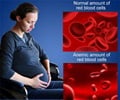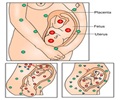Public health message can help promote omega-3 rich fish consumption during pregnancy, according to a U.S. study.

And that may be because nearly all fish contain traces of mercury (methyl mercury). But some fish like shark, swordfish, king mackerel, or tilefish contain higher levels of mercury that may harm an unborn baby's developing nervous system.
The risks from mercury depend on the amount of fish eaten and the levels of mercury in the fish. Therefore, to reduce their exposure to the harmful effects of mercury, the Food and Drug Administration (FDA) and the Environmental Protection Agency (EPA) advise pregnant women to eat fish that are lower in mercury. Such fish and shellfish include shrimp, canned light tuna, salmon, pollock, and catfish. FDA also suggests eating up to 12 ounces (2 average meals) a week of a variety of fish that are lower in mercury.
Studies found that pregnant women consumed even less fish after these guidelines were disseminated. So, Emily Oken at Harvard Medical School, and her colleagues, conducted a study to find out how best to promote fish consumption during pregnancy without increasing mercury exposure.
Fifty five women who were 12 to 22 weeks pregnant and consumed equal to or less than 2 fish servings per month were divided into three groups. One group was given advice to consume low-mercury /high-DHA fish; the second group was given advice + grocery gift cards (GC); and the third one was the control group. At the start of the study and after 12 weeks, the researchers estimated intake of fish, DHA and mercury using a one-month fish intake food frequency questionnaire, and measured plasma DHA and total mercury.
Results showed that the control group did not consume the recommended 200 mg/d of DHA from fish, compared with 33 percent of women in the Advice group and 53 percent of women in the Advice + GC group who did.
DHA intake from supplements remained the same in all three groups.
‘Our study demonstrates that a nuanced public health message can be implemented to effect beneficial changes in diet, ‘concluded the researchers. ‘We have found that an intervention to increase fish consumption, when carefully directed toward fish with low mercury content, is feasible’.
Source: Oken, E., et al. A pilot randomized controlled trial to promote healthful fish consumption during pregnancy: The Food for Thought Study. Nutrition Journal 2013, 12 :33
Source-Medindia















